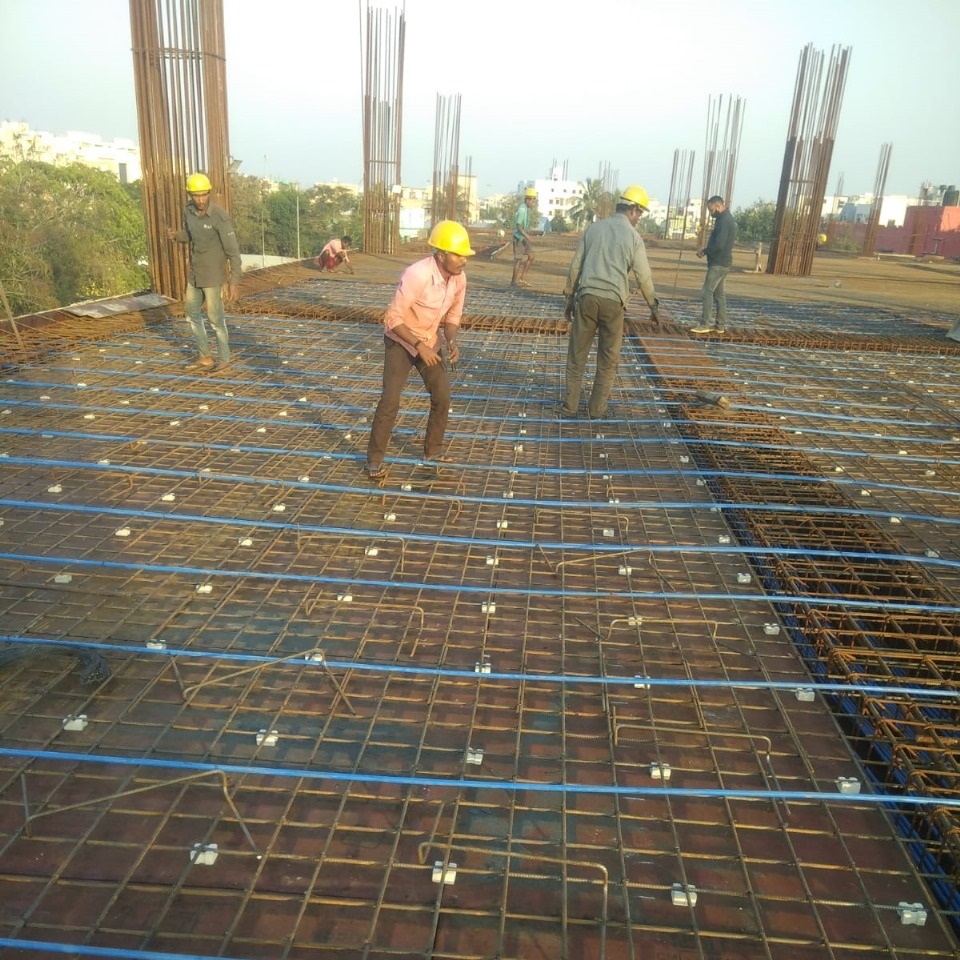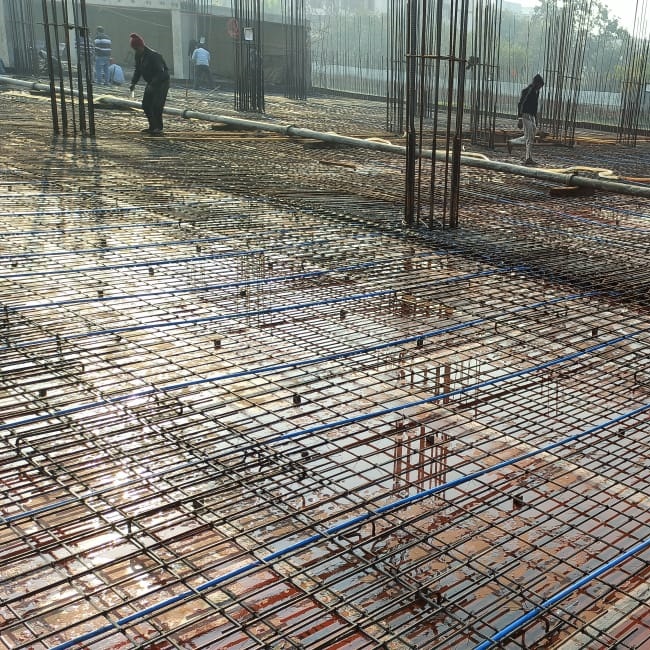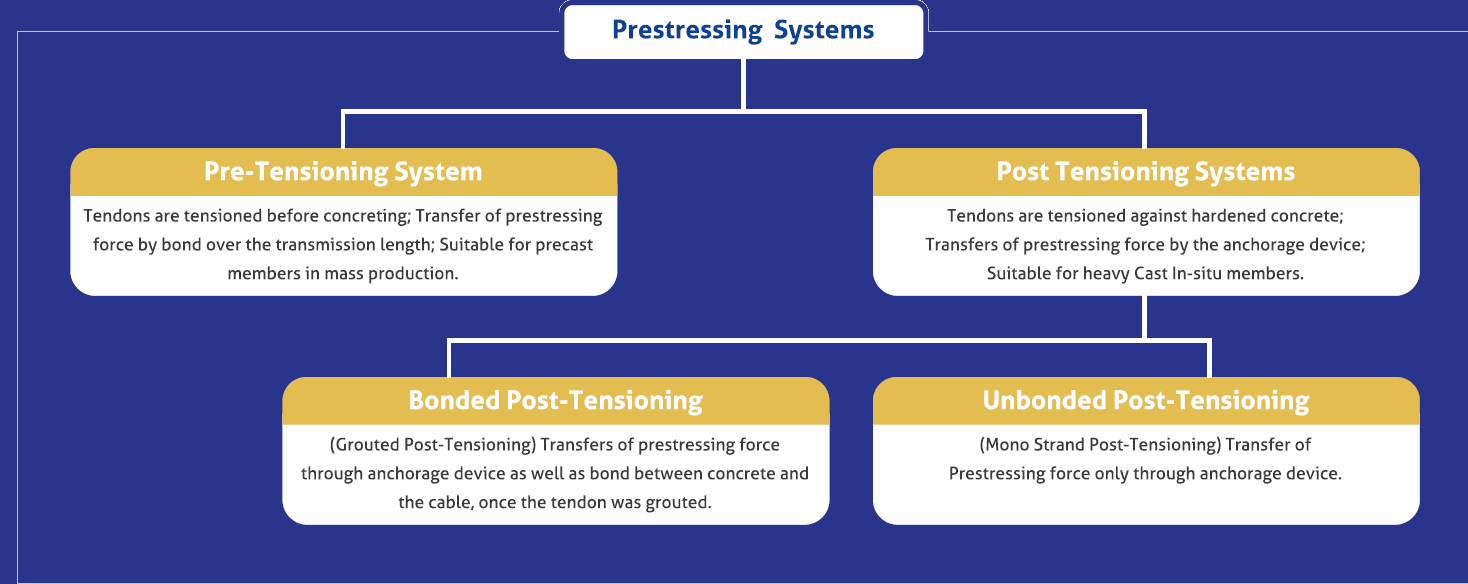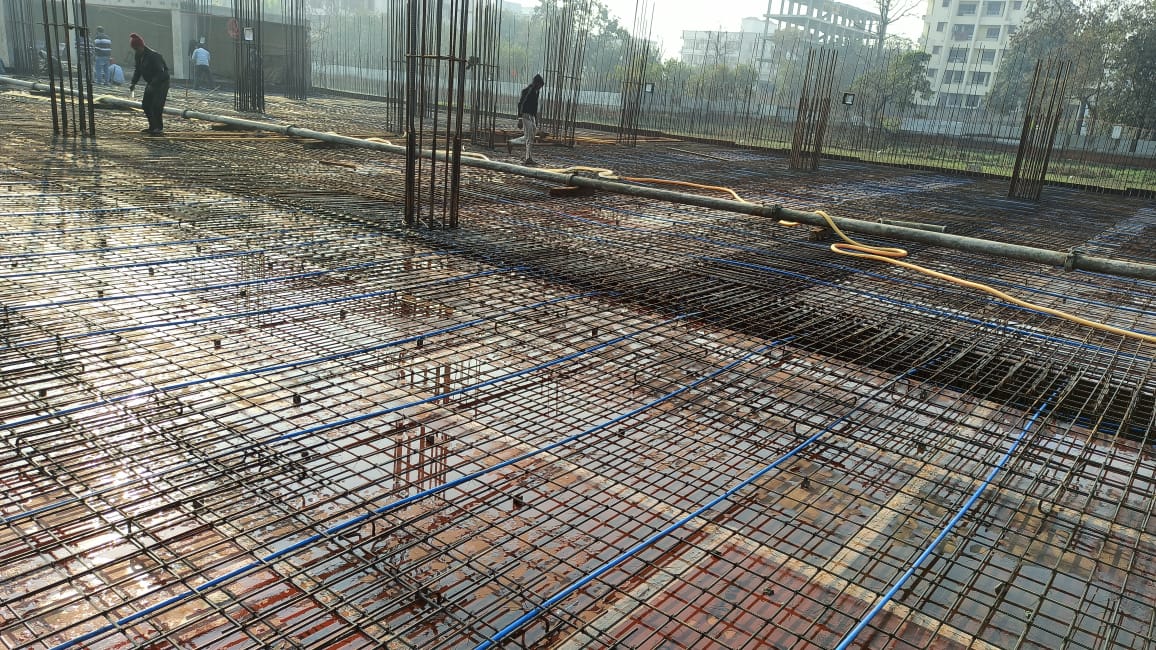

Established in 2018 Streben PTS began with a focused expertise in Post-Tensioning (PT) design and execution, serving clients both in India and overseas.
Driven by innovation, quality, and a commitment to engineering excellence, we quickly expanded our footprint across India. What started as a small partnership firm has now evolved into a company taking on large-scale infrastructure and civil engineering projects nationwide.
Recognizing emerging opportunities in the civil construction industry, we realigned our strategic direction to scale our operations and diversify our services. Today, Streben PTS is a medium-sized, agile enterprise equipped with a growing team of industry professionals and a robust portfolio of completed and ongoing projects.
Our project and contract management systems have been completely modernized to ensure efficiency, transparency, and customer satisfaction—cornerstones of every project we undertake.
At Streben, we specialize in delivering advanced Post-Tensioning Systems that enhance structural performance, optimize material usage, and extend the life span of concrete structures. Our solutions are ideal for commercial, residential, industrial, and infrastructure projects. Explore MorePre-stressed concrete is a form of concrete in which internal forces (pre-stress) are applied to counteract the tensile stresses that will occur under service loads. This improves the concrete's performance and allows it to span longer distances with less cracking or deflection.
Why It Matters:
• Concrete is strong in compression but weak in tension.
• Pre-stressing introduces compressive forces to offset tensile stresses during use.
• This allows the structure to Carry heavier loads, Span longer distances, Use less material and Resist cracks and deflection


We specialize in Unbonded Post-Tensioning Systems, an advanced method of reinforcing concrete that significantly enhances its load-bearing capacity and durability. This system addresses one of concrete’s inherent limitations—its weakness in tension—by introducing compressive forces into the structure.
In this technique, high-strength steel strands are housed in a protective sheath and tensioned after the concrete has hardened. The force is then transferred to the concrete via specially engineered anchorage assemblies, creating an internal compressive stress that counteracts the external tensile stresses encountered during use.
One of the key advantages of unbonded systems is the flexibility of the tendons. These strands can be strategically curved or profiled within the slab or beam to follow the moment diagram, efficiently resisting applied loads and minimizing deflection. This results in a highly optimized and cost-effective structural system that uses materials more efficiently than conventional reinforcement methods.